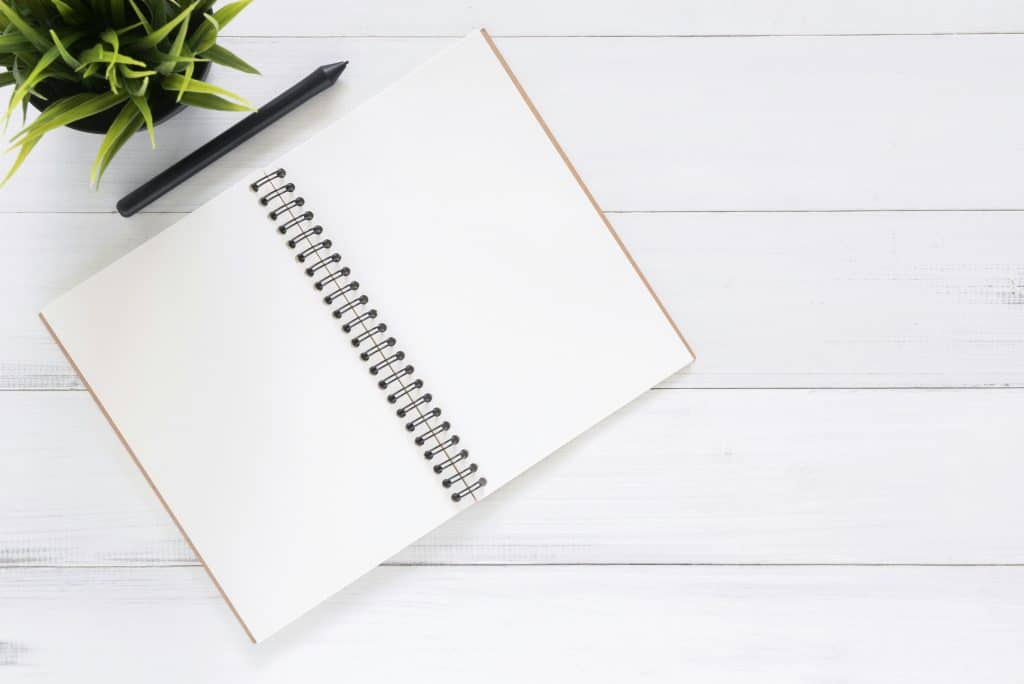In a world engineered for speed, multitasking, and notifications, paper seems quaint—almost primitive. But something interesting is happening: professionals, creatives, and students are quietly returning to notebooks, planners, index cards, and physical sketchbooks. Not out of nostalgia, but out of necessity.
What working with paper reintroduces is something digital tools often erode—presence, spatial memory, tactile cognition, and emotional depth. And as the science shows, this analog revival isn’t just trendy—it’s neurologically grounded.

The Rise of Analog in a Hyper-Digital World
Our relationship with paper never fully disappeared. It just got buried under a wave of apps, devices, and workflows. But over the past decade, paper has been making a purposeful comeback.
- Bullet journaling took off among knowledge workers and students who craved structure and intentionality without another app.
- Analog planning systems like Hobonichi and Leuchtturm notebooks have surged in popularity on platforms like Reddit and YouTube.
- Even tech companies have jumped on board. Google’s experimental “Paper Phone” project invited users to print out a customized day planner from their smartphones, helping them take a break from digital interfaces.
This isn’t just aesthetic minimalism. It’s about reclaiming cognitive control.
1. Paper Reintroduces Presence and Focus
One of the most immediate benefits of using paper is the sense of being fully there.
When you pick up a pen, there’s no notification bar. No tabs. No app-switching dopamine loop. Just the task at hand. That forced slowness leads to cognitive presence—what Cal Newport, author of Deep Work, calls the “ability to focus without distraction on a cognitively demanding task.”
In a 2021 article in Scientific American, psychologists Pam Mueller and Daniel Oppenheimer noted that handwriting—not typing—requires mental summarizing, which leads to better encoding of ideas.
2. Paper Reintroduces Spatial Memory and Mental Mapping
When we work with paper, we don’t just engage our eyes—we engage our sense of space. We remember that the chart was on the top left corner of the page, or that a certain thought was scribbled in the margin.
This kind of “spatial anchoring” aids memory retrieval. Research in Frontiers in Psychology shows that students who took notes by hand performed better in conceptual recall tasks than those using digital devices.
On paper, we can sprawl, cluster, draw arrows, and construct nonlinear thought diagrams—activities that deepen comprehension and support systems thinking.
3. Paper Reintroduces Embodied Cognition
There’s something almost meditative about watching ink flow as thoughts unfold. Unlike typing—which abstracts words from thought—writing is a sensorimotor experience.
According to a 2020 study published in Advances in Cognitive Psychology, writing by hand activates neural pathways involved in motor planning, memory, and self-regulation.
This is part of what psychologists call embodied cognition—the idea that our physical actions shape mental activity. Paper, by inviting physical engagement, re-engages the body in the act of thinking.
4. Paper Reintroduces Emotional Connection
There’s also an emotional richness to handwritten work. Think of the difference between receiving a text and a handwritten letter.
Psychologist Virginia Berninger, a leading researcher on writing and cognition, notes that handwriting activates areas of the brain involved in emotion, identity, and empathy—something that gets lost in typed text.
For creative professionals, this emotional link often translates into more authentic voice, richer metaphors, and deeper insight.
5. Paper Reintroduces Privacy and Psychological Safety
One underrated feature of paper? It’s not in the cloud. It’s not searchable. And that makes it a safe space to be unfinished, messy, and wrong.
Digital tools often demand linearity and clarity—bullet points, bold headings, tagging. Paper doesn’t. On paper, you can brainstorm half-baked thoughts, make ugly sketches, or write something vulnerable without fear it will be screenshotted, shared, or misread out of context.
This freedom reintroduces intellectual risk-taking—something essential to creativity and problem-solving.
When to Choose Paper Over Screens
| Task | Why Paper Works Better |
|---|---|
| Note-taking | Deeper encoding and synthesis |
| Goal-setting | More commitment and recall |
| Creative brainstorming | Spatial freedom and visual thinking |
| Journaling/reflection | Emotional depth and privacy |
| Weekly planning | Fewer distractions, more intentionality |
While screens dominate for speed and access, paper excels at depth, clarity, and personal resonance.
A Paper-Based Workflow for Modern Thinkers
You don’t need to go full-Luddite. A blended system works best. Here’s a practical way to integrate paper into your digital life:
- Morning Planning on Paper
Start with a daily spread: top goals, rough time blocks, and a blank space for notes. This frames your day with intention before screens hijack your attention. - Paper for Idea Capture
Keep an idea notebook nearby. Jot down sketches, quotes, article ideas, or questions. These become seeds for deeper thinking later. - Weekly Analog Review
Once a week, do a screen-free review. Reflect on goals, wins, frustrations—on paper. This can reduce digital overwhelm and clarify priorities. - Scan When Needed
Use tools like Notebloc or Evernote Scannable to digitize handwritten notes selectively. That way, you get the benefits of both formats.
What This Means for the Future of Thinking
The return to paper isn’t a step backward. It’s a correction. We’ve spent decades optimizing for speed, storage, and sharing—but not necessarily for understanding, memory, or meaning.
Working with paper reintroduces a slower, more human rhythm to our thought processes. One where thoughts are given space to unfold. Where imperfections aren’t deleted, but embraced. Where ideas are mapped in physical space, not just captured in databases.
As digital systems become more automated, analog tools may become our most powerful instruments for intentional thinking.
References
- Mueller, P. & Oppenheimer, D. (2014). The Pen Is Mightier Than the Keyboard. Scientific American.
https://www.scientificamerican.com/article/a-learning-secret-don-t-take-notes-with-a-laptop/ - Mangen, A., Anda, L. G., Oxborough, G. H., & Brønnick, K. (2021). Handwriting vs keyboard writing. Frontiers in Psychology.
https://www.frontiersin.org/articles/10.3389/fpsyg.2021.775243/full - Berninger, V. (2015). Why handwriting is still essential in the digital age. Time Magazine.
https://time.com/3982285/bic-writing-hand-benefits/ - Google Creative Lab. (2019). Paper Phone.
https://experiments.withgoogle.com/paper-phone - How Life Unfolds. (2020). We Tried a Digital Detox to Boost Our Productivity.
https://www.howlifeunfolds.com/personal-productivity/we-tried-digital-detox-boost-our-productivity-while-wfh-heres-what-happened









